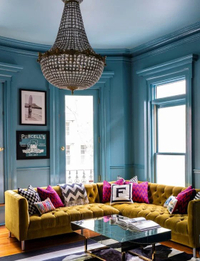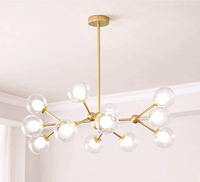How can I soften the look of my dining room? 10 cozy ideas for a less formal space
Wondering how to soften the look of your dining room? We reached out to industry professionals for ideas on colors, textures, furniture design and more
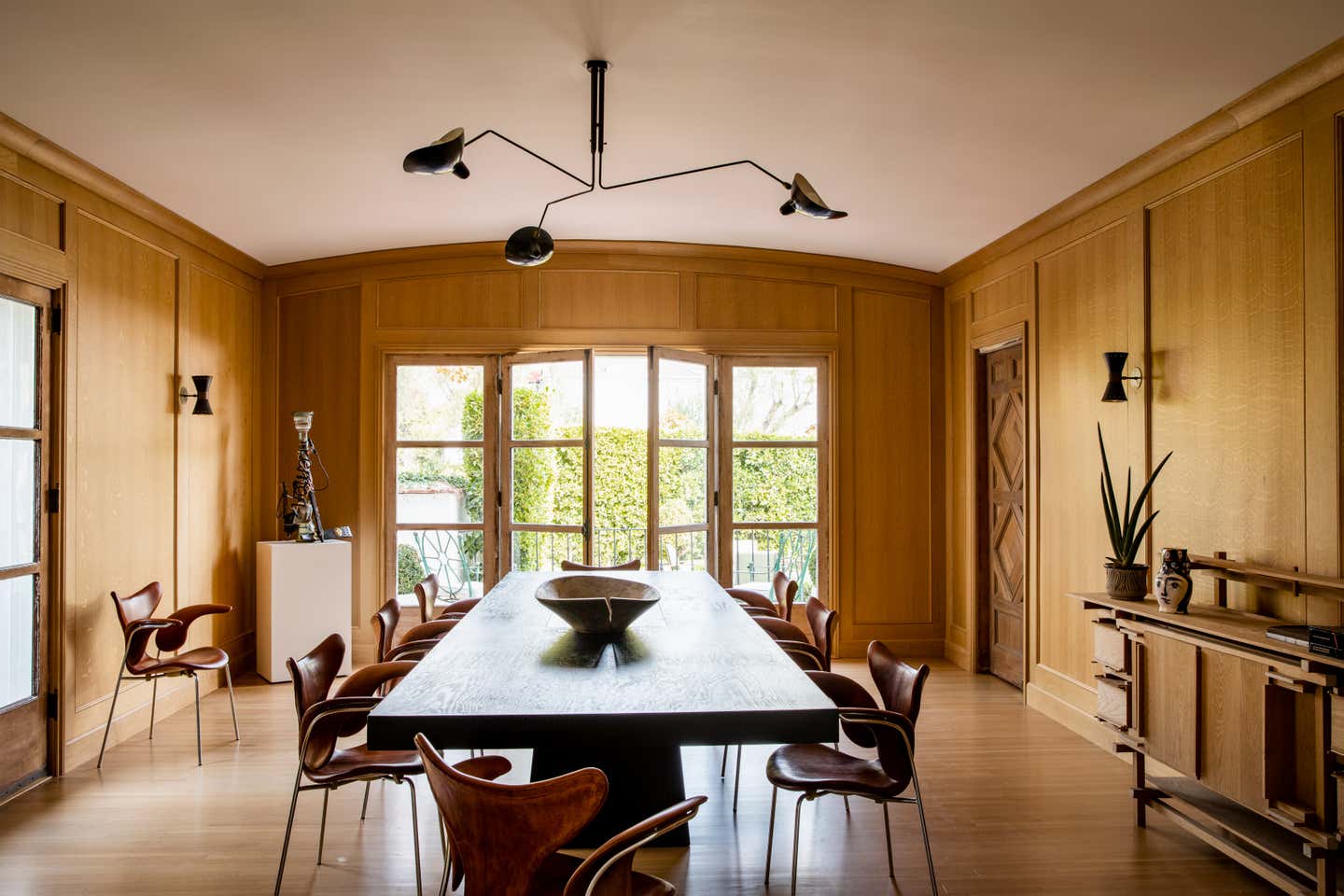

Designated dining rooms can fall into the trap of feeling a little formal, however, for the modern home, you're more likely to want something softer and more welcoming. After all, there’s no better room in the house than this when it comes to spending long hours talking, debating, or spending a nice, romantic evening. The dining room truly brings families and friends together. No matter how stressed you may be, or how many arguments you may have had with your partner that day, this room is where you leave all the worry and anger behind because it promises a hearty meal.
Therefore, you must give a long thought to how you can make this space more convivial, cozy, and at the same time, enjoyable. A harsh, cold space will mean that lunches and dinners wrap up quickly. But a snug, relaxing, and soft space will ensure that every mealtime is wonderful and peaceful.
To help you make this space softer, we reached out to designers who suggested ways to add some decadent touches to the dining room ideas, bring in materials that stimulate the senses and use colors that create a cocoon where guests will want to linger and chat well into the night.

Aditi is a homes writer and editor with several years of experience. Her articles, backed by expert insights, offer suggestions aimed at helping readers make the best home design choices. For this article, she spoke to several designers for fresh, new ideas on how to make the dining room look softer.
How can I soften the look of my dining room? 10 top tips
1. Color drench the room
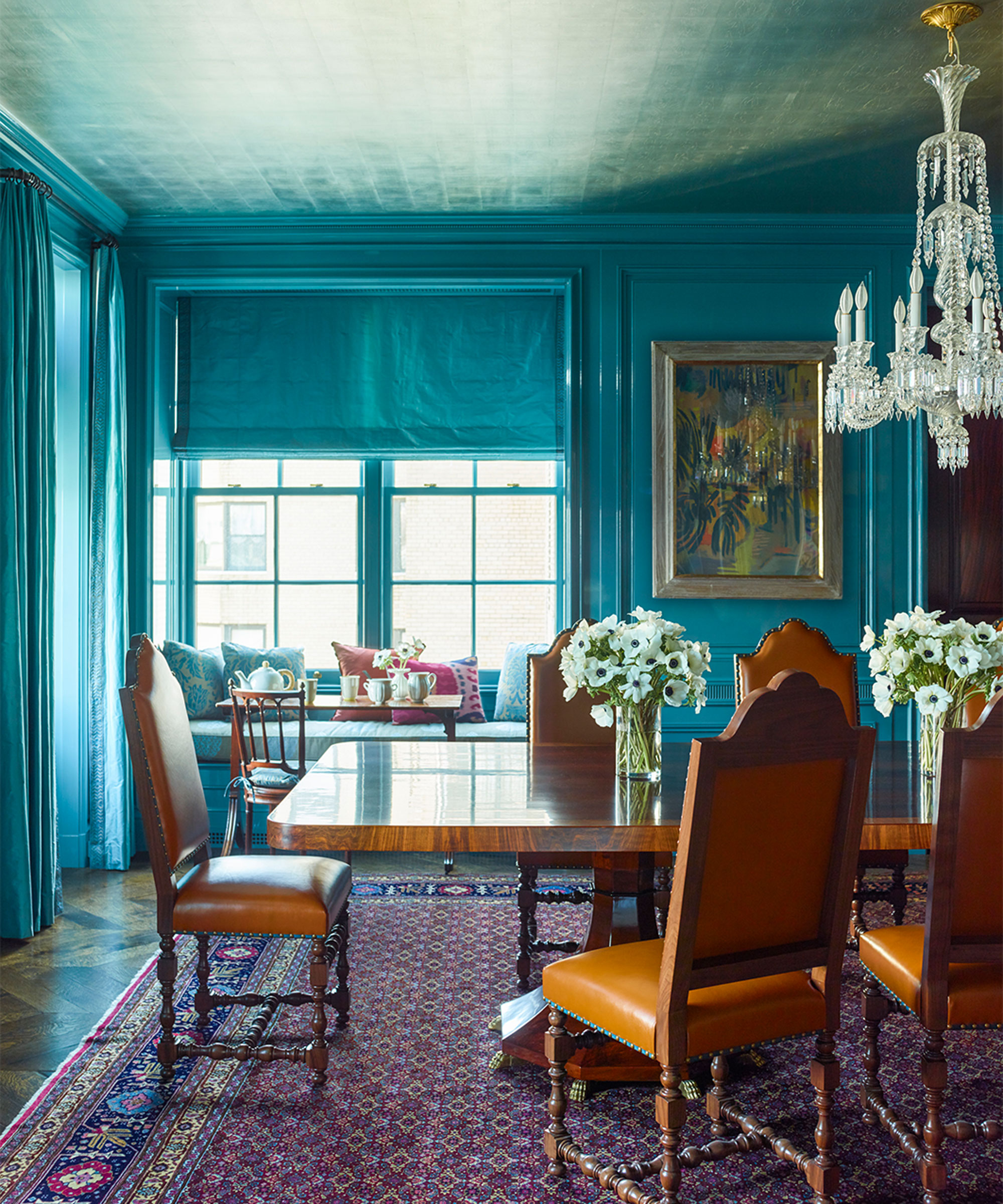
Colors can set a mood, create an ambiance or even change the look of a space. When it comes to dining room paint ideas, we suggest you take the color all across the walls and ceiling, drenching the room in a nice, deep tone.
'One way to soften the look of your dining room is by reducing the contrast in the colour,' says Natalie Tredgett, founder of Natalie Tredgett Design. 'Paint your ceiling as a continuation of your wall.'
Deep, moody tones can create an enveloping feel and make a space feel like a sanctuary. Imagine how you feel inside a wine or a jazz bar, which may be small but is usually filled with deep colors, chosen to immediately relax you.
'As a space where we spend evenings sharing a meal or entertaining guests, a dining room should be warm and inviting,' says Chelsea Clark, head of brand at Lust Home. 'Using rich-toned paint for dining room walls can help convert a spacious, stark, or cold-looking room and give it a welcoming feel.'
Choose this warm and timeless blue to create a wonderful, relaxing interior; a hue that looks richer when used across walls and ceilings. This saturated hue has an inherent warmth and will be good with wood tones.
2. Add dimmers to lights

No matter what dining room lighting ideas you may have implemented, by installing a dimmer, you can create a soft, moody atmosphere in the evenings, ideal for long wine nights and indulgent dinners.
'An easy way to soften the look and feel of your dining room is to add a dimmer switch to existing light fixtures,' says Reena Sotropa, founder of Reena Sotropa In House Design. 'Introduce accent lighting such as adjustable recessed lighting or cove lighting to the perimeter of the room. This will highlight architecture and artwork while adding sparkle and a feeling of softness to the space. Decorative light fixtures can soften the look of dining space as well. A shaded fixture will add soft diffused light, or a sculptural fixture can introduce an organic shape into a formal space.'
'Consider mood lighting in the dining room with lamps and wall lights,' says Natalie. 'The indirect lighting will bring warmth and intimacy to the dining experience.'
This gold tinted chandelier with 12 LED lights has an elegant look, and is ideal for drawing focus in the living room or dining room.
3. Consider a mix of paint and wallpaper
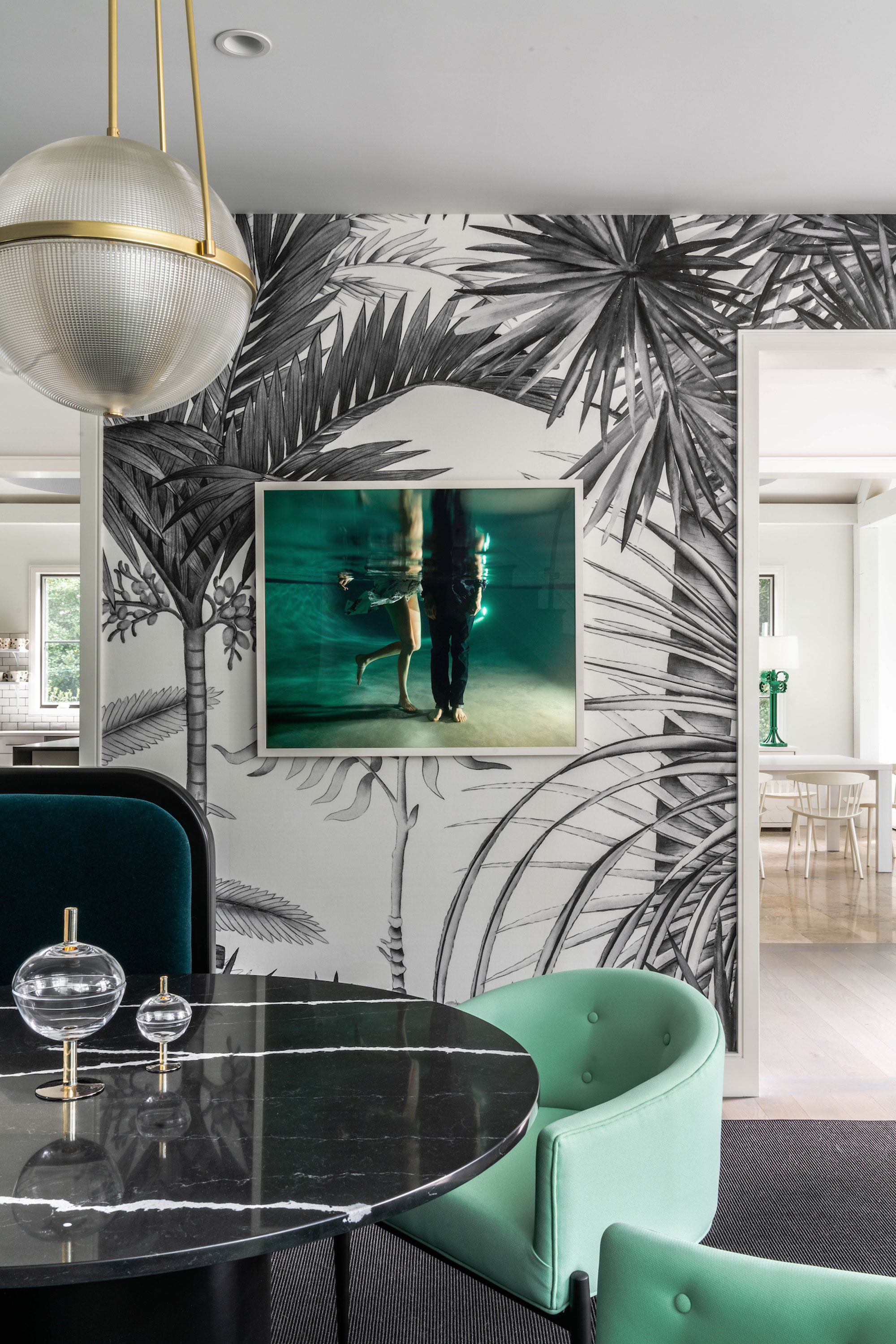
'Mixing both paint and dining room wallpaper can also help to soften the space,' says Chelsea. 'The addition of a rich-toned wallpaper and matching shade of paint on the woodwork, or separate walls can help tie a room together and change its overall feel.'
'For an added touch, take the paint color onto the ceiling to give the illusion that the ceiling is closer to you, making the room feel more inviting to both you and your guests,' says Chelsea.
'Specialty wall finishes, or wallcoverings too, can go a long way toward creating interest and softness in a dining space,' says Reena. 'Consider a charcoal ombre paint effect or the soft cloud patterned wallpaper on the ceiling to pack a visual punch.'
4. Opt for wall paneling
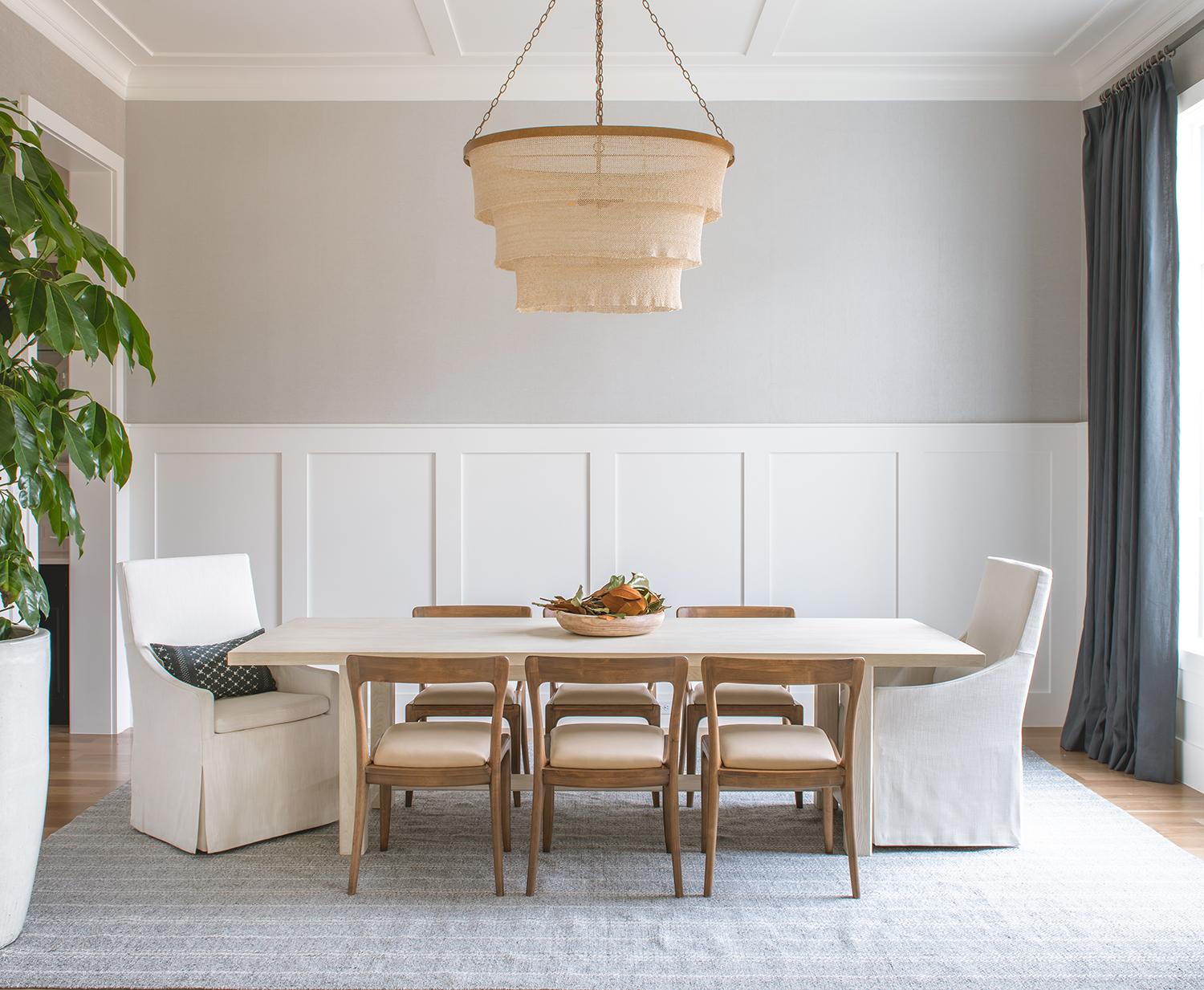
Wall paneling can at times create a modern aesthetic, or at other times, the feeling of being in an alpine lodge. All in all, this is a great way to create a design feature in the dining room and lend a feeling of warmth.
'Architectural features such as a fireplace, wall paneling, ceiling coffers or built-ins add depth and charm to any space,' says Reena. 'When incorporated into the design of a dining room these special features add an expected dose of luxury and softness.'
5. Warm up the underfoot with an area rug
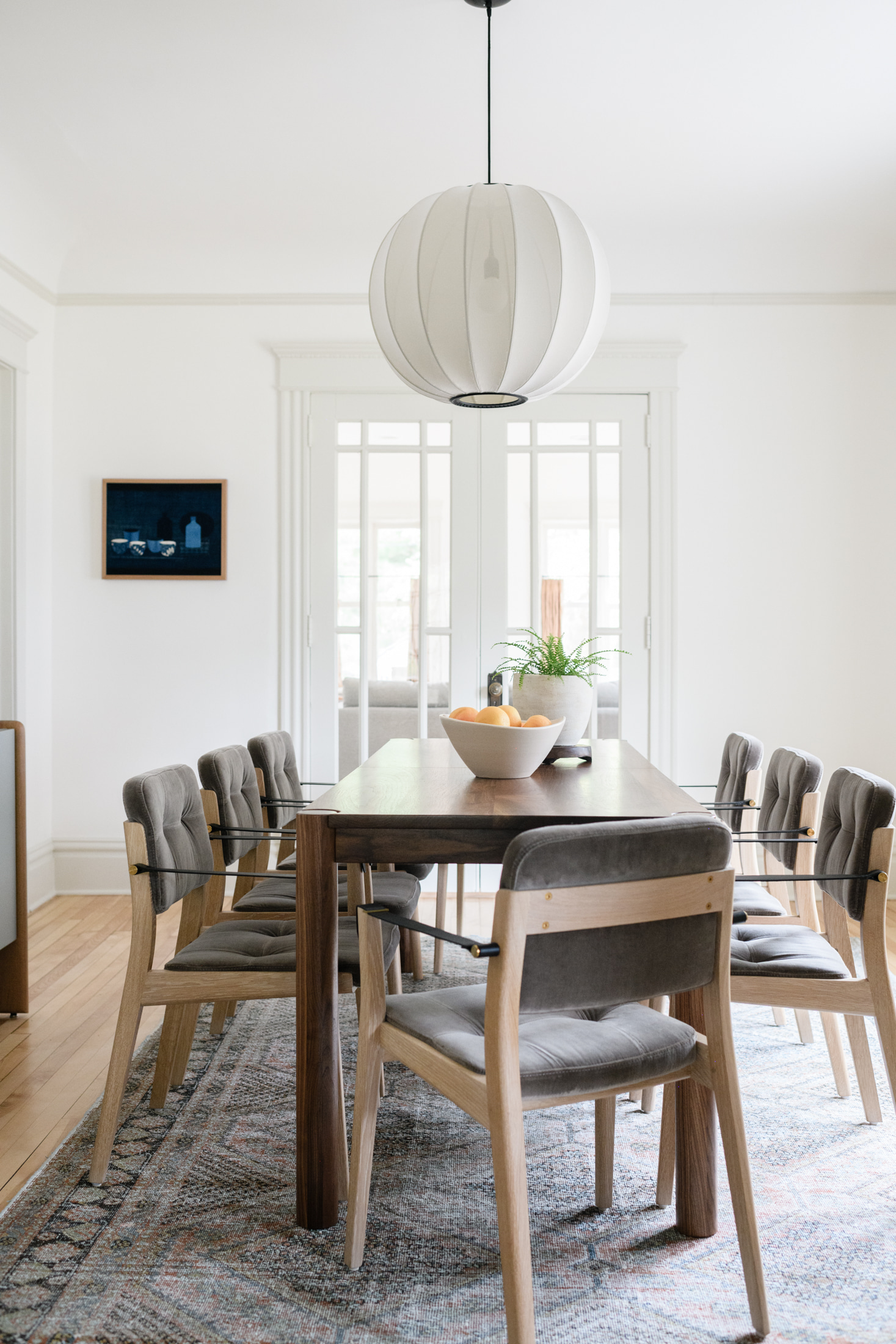
When it comes to rugs, the dining room is perhaps the last place you'll think of for one. But you'll be surprised at how useful a dining room rug can be.
Rugs or carpets act as natural insulators and even help reduce noise levels. If you have expensive flooring in the house, rugs will help protect them from shuffling feet and sliding chairs. Plus, these add color and pattern to a room and provide a nice, soft touch to the room's aesthetics.
'An area rug under a dining room table is a cozy layer that helps to soften the look of the space and improve acoustics, dampening the sound of chairs legs against the floor,' says Reena.
6. Choose furniture with interesting details
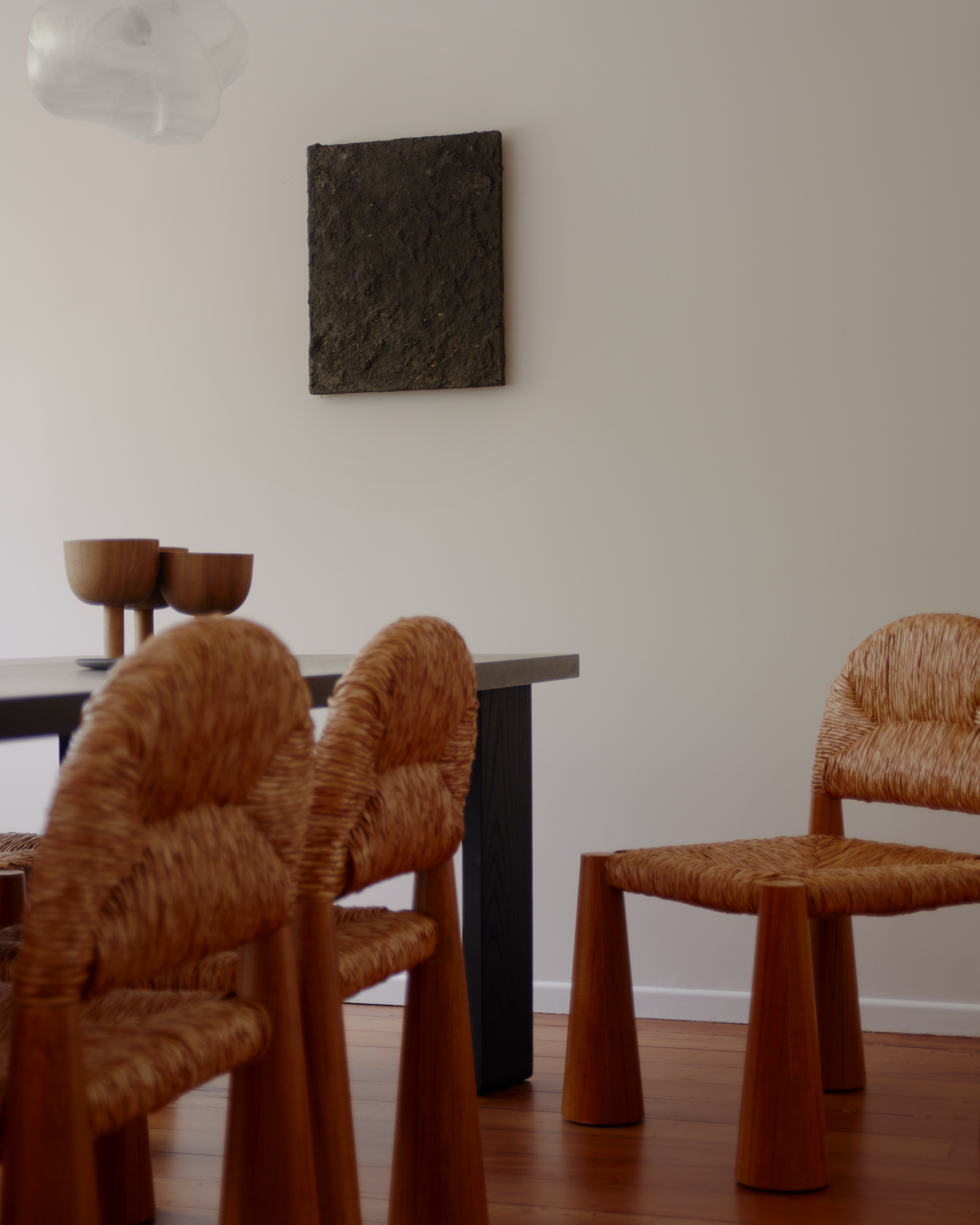
When designing a dining room, have a think about the kind of furniture you want to bring in that is inherently statement-making. Make this space the heart of the home with pieces that speak not just of your taste but also craftsmanship or a material journey.
'Curate a dining suite made up of casual furniture pieces with interesting artisanal details such as forged metal bases, hand scraped or live-edge tabletop can help add a nice touch,' says Reena. 'Simple, unpretentious pieces can add a feeling of softness to a formal dining space.'
In this home designed by Studio 11:11, the chairs are covered in woven jute, giving the space tactility and texture.
7. Design the space in natural materials
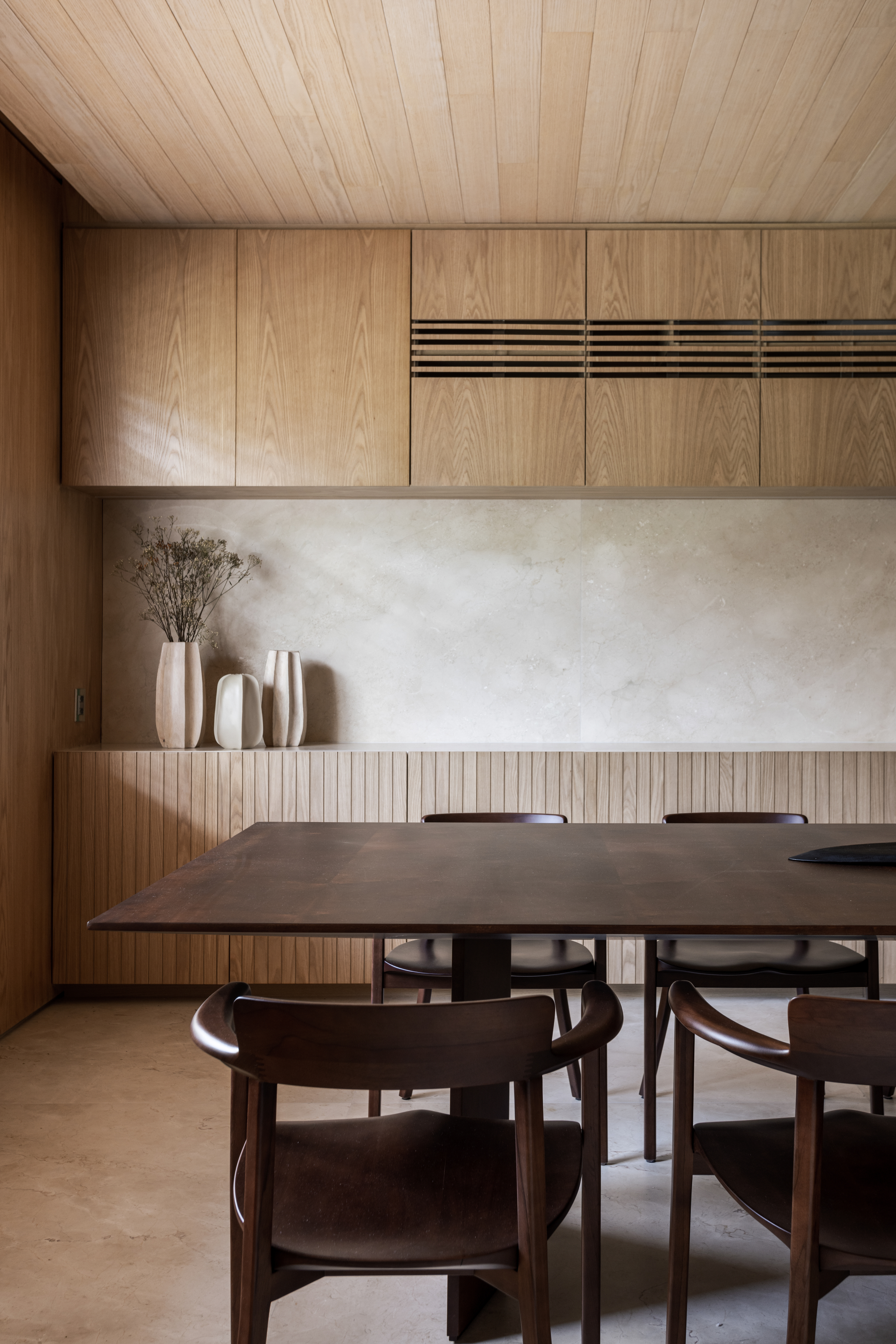
If you're going for a more modern farmhouse dining room style, then seek out vintage pieces and antiques that reference modern farmhouse style. Choose to envelop the room in natural materials such as wood, cane, cork, and more that have a greater effect on the mood than just looking pretty.
Even pigments of terracotta can provide an authentic connection to nature.
8. A banquette can create a cozy feeling
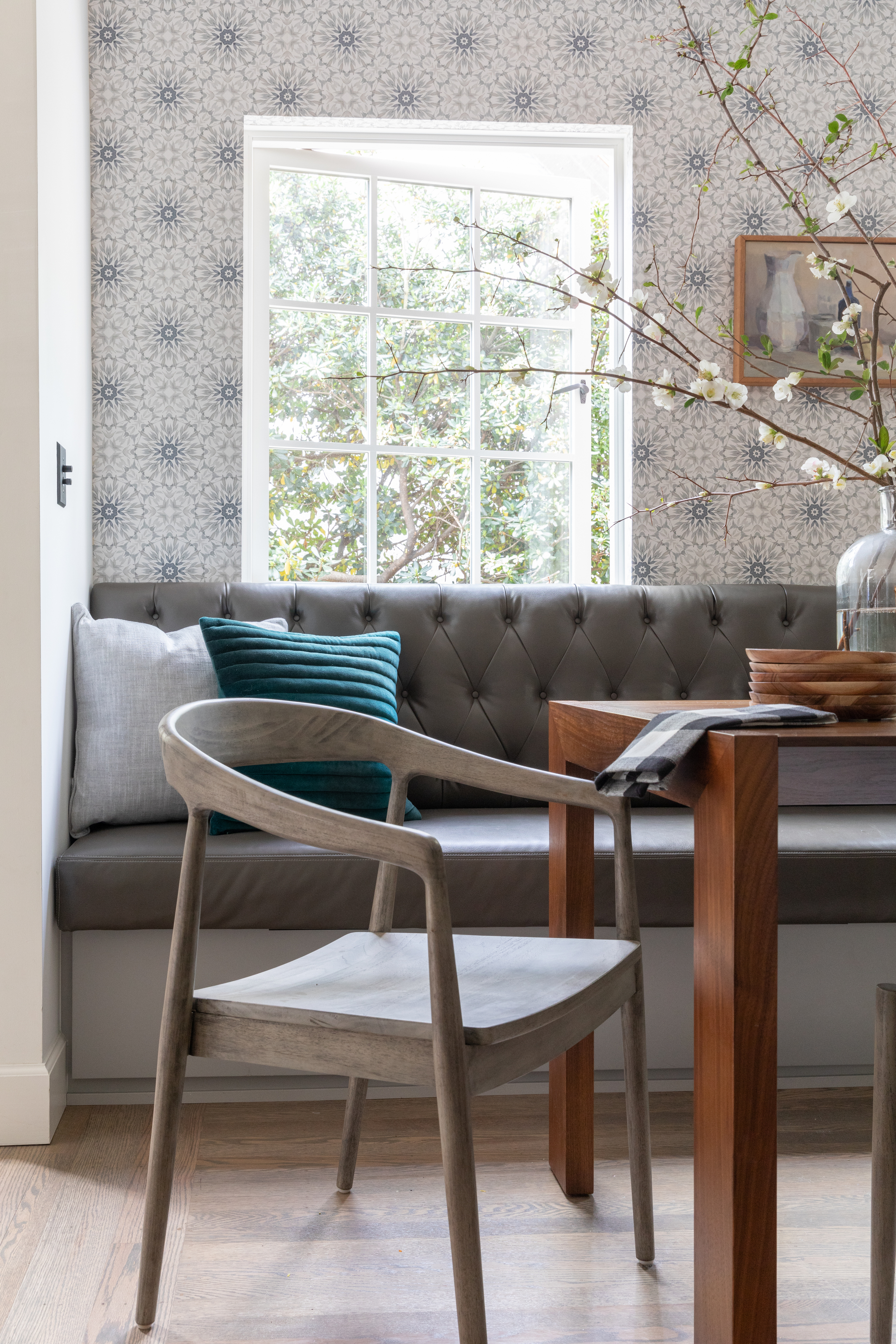
While it is a small, compact system, banquette seating can set the overall tone for the room. There's an opportunity to add pattern, color, and texture to the dining or kitchen with a banquette. Plus, there's nothing cozier than sitting close together, in an intimate setting with friends and loved ones.
'Take inspiration from your favorite restaurant or lounge – instead of maximizing the number of seated guests focus on maximizing comfort,' says Reena. 'Pair an upholstered banquette and oversized chairs with a slightly smaller table to create a soft and cozy dining area that guests will never want to leave.'
9. Circular dining tables create movement and softness

A big dining table trend that has been around for some time is the love for circles, ovals, oblongs, pill-shape, soft-edged, demi-rectangular tables. These provide plenty of space to walk around in the dining room, to fit guests, and even visually seem to occupy less space because of their rounded corners.
'I think we're all used to seeing a rectangular dining table but since dining rooms aren't closed-off spaces anymore, furniture needs to be such that it can be easy to get around in the space,' says Brooklyn Brownstone designer Jarret Yoshida. 'Rounded corners create less of a visual block, and allow people to be comfortable in all positions around it, which a rectangular table doesn't.'
10. For deep comfort, add a sofa in the dining room
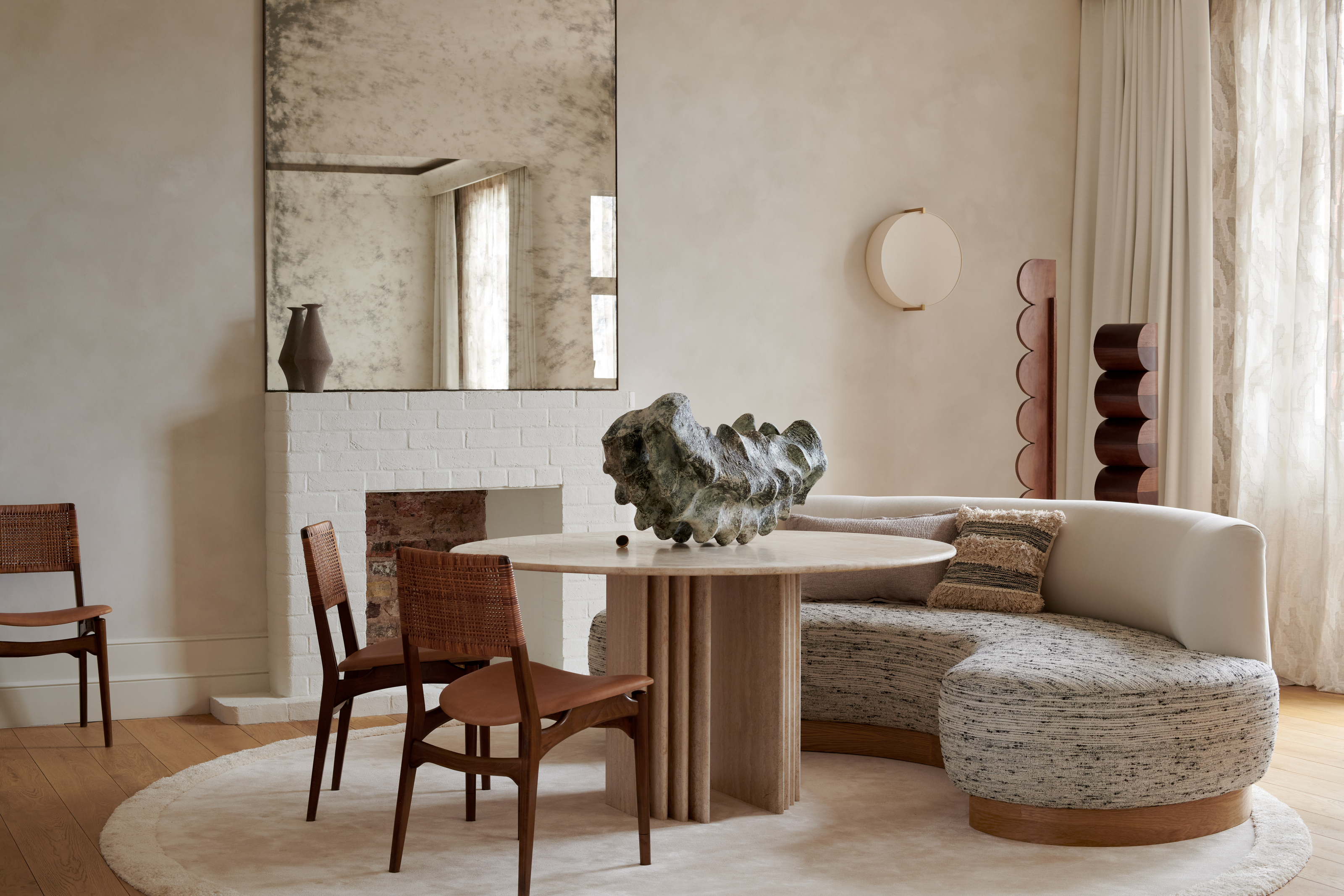
A sofa in the dining room? That may sound completely off-beat but nothing says comfort and luxury better than this!
In this London home designed by Tala Fustok Studio, the dining room features a brick ivory-painted fireplace, a 1970s Italian vintage travertine table, and a sinfully curved sofa that subtly points to a semi-banquette style-cum living room seating, all set within the dining space.
How can I add warmth to my dining room?
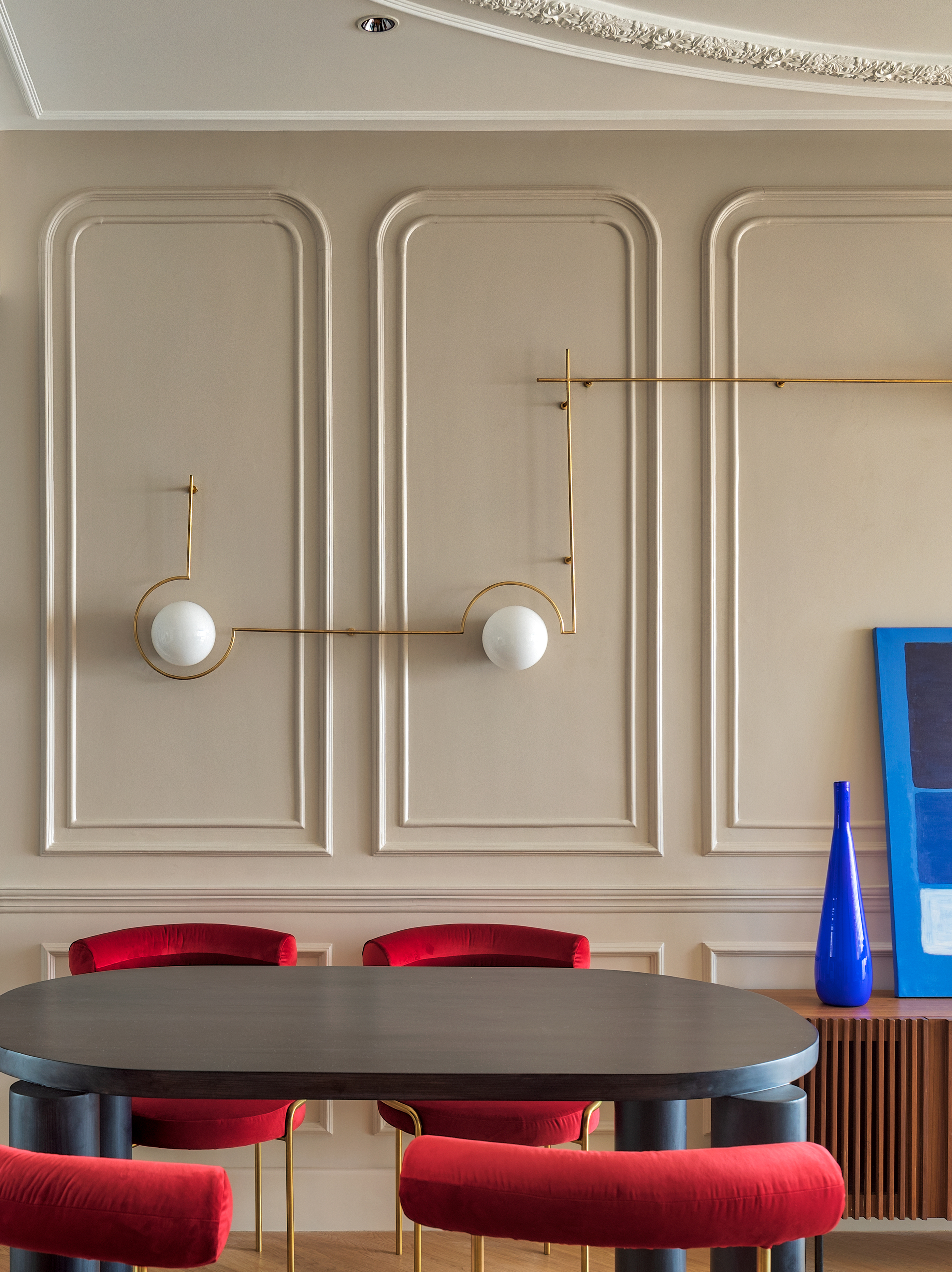
To make a dining room feel cozy, and to add warmth to it, start with choosing a warm color palette. Choose hues such as teal, orange, brown, or navy, and consider color-drenching the space to create a cocooning feel.
Add comfortable seating; perhaps chairs covered in soft, silken fabric, with a nice round table that allows plenty of circulation space in the room. Bring in natural materials such s jute, cane, and wood for a relaxing interior.
Layer the room with mood lighting, pendants and table lamps, and remember to add dimmers to them, for mood lighting. Bring in handmade, hand-knotted textiles via the curtains and rugs for a tactile feel.
Be The First To Know
The Livingetc newsletters are your inside source for what’s shaping interiors now - and what’s next. Discover trend forecasts, smart style ideas, and curated shopping inspiration that brings design to life. Subscribe today and stay ahead of the curve.

Aditi Sharma Maheshwari started her career at The Address (The Times of India), a tabloid on interiors and art. She wrote profiles of Indian artists, designers, and architects, and covered inspiring houses and commercial properties. After four years, she moved to ELLE DECOR as a senior features writer, where she contributed to the magazine and website, and also worked alongside the events team on India Design ID — the brand’s 10-day, annual design show. She wrote across topics: from designer interviews, and house tours, to new product launches, shopping pages, and reviews. After three years, she was hired as the senior editor at Houzz. The website content focused on practical advice on decorating the home and making design feel more approachable. She created fresh series on budget buys, design hacks, and DIYs, all backed with expert advice. Equipped with sizable knowledge of the industry and with a good network, she moved to Architectural Digest (Conde Nast) as the digital editor. The publication's focus was on high-end design, and her content highlighted A-listers, starchitects, and high-concept products, all customized for an audience that loves and invests in luxury. After a two-year stint, she moved to the UK and was hired at Livingetc as a design editor. She now freelances for a variety of interiors publications.
-
 These Are the Flower Crowns I’m Wearing This Spring (Spoiler: They’re Actually for My Door)
These Are the Flower Crowns I’m Wearing This Spring (Spoiler: They’re Actually for My Door)Coachella confirmed the comeback of flower crowns. At home, they just go by another name: the spring wreath
By Julia Demer
-
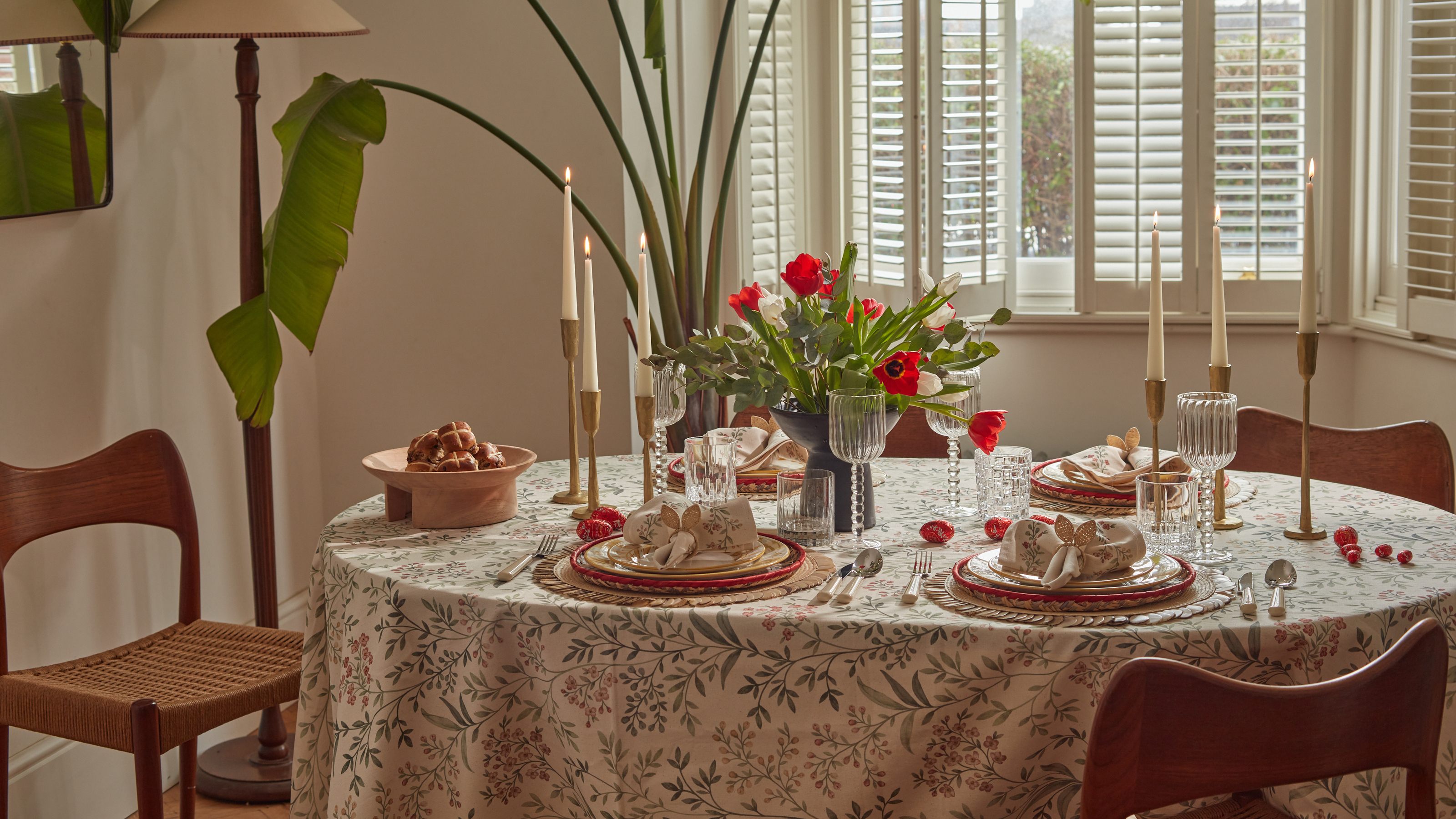 Bunny Ears, Be Gone — 7 Easter Table Styling Mistakes That Will Take Your Setting from Tawdry to Tasteful
Bunny Ears, Be Gone — 7 Easter Table Styling Mistakes That Will Take Your Setting from Tawdry to TastefulFrom fussy floral displays that disrupt conversation to over-relying on tacky tropes, don't fall victim to these errors when decorating your Easter table
By Lilith Hudson
